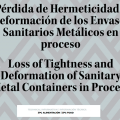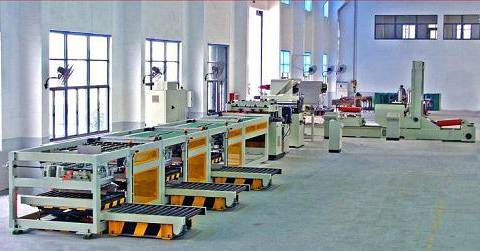There may be a need to determine the total amount of tin that tinplate has in each of its faces, not having specific equipment for this operation. The Clarke method allows you to find this value by counting only a basic laboratory material and a precision balance.
Beginning
The complete coating of tin is selectively removed from the base steel with hydrochloric acid inhibited with antimony trichloride
Sample size
For a convenient weighing difference, a sample of 25 to 50 cm2 of tinplate whose solder is to be determined is sufficient.
Reagent
Prepare a solution by diluting 20g. of antimony trioxide (Sb2O3) in 1 liter of concentrated hydrochloric acid
Method
1.- Degrease the tin test specimen with a degreasing solvent or preferably by cathodic treatment with 1% sodium carbonate for 1 to 2 min.
2.- Rinse the specimen in water, dry and weigh to the nearest milligram or more.
3.- Immerse the specimen in the reagent until approximately 1 minute after the gas evolution has ceased.
4.- Remove the sample from the reagent, wash immediately in tap water and remove the antimony black with a cotton ball.
5.- Dry and weigh again.
Correction
To the final result of tin obtained, expressed in g / m2, subtract 0.6 g / m2 corresponding to the iron dissolved from the Sn / Fe alloy layer.
Resultado final
The tin obtained divided by two will give us the coating of the tin plate studied.
This method is only valid for the determination of tinplate tinplate with the same coating on both sides.
If it is a differential tinplate, it is necessary to varnish the opposite face to which one wants to make the determination to protect the tin from the face opposite to the attack of the reactant. In this case, correct the final result, subtracting only 0.3 g / m2. It is also possible to operate as if it were a tinplate with the same coating on both sides and compare the result of the test with the sum of the theoretical amount of tin on each face, so we will know if at least in total content is correct.











